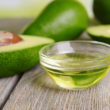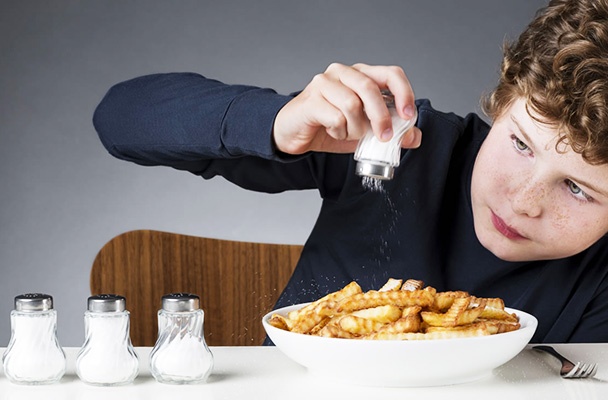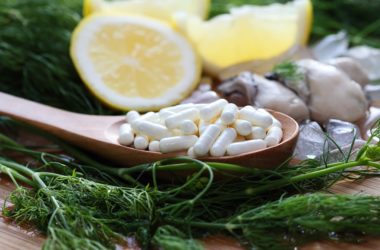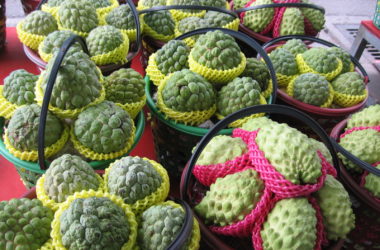There is no denying that salty foods taste so much better than bland foods. But make sure that you eat your favorite salty goodies in great moderation because you don’t want to consume more sodium per day than your body requires. Otherwise, you could be putting not only your heart at risk, but also your kidneys.
If you feel that you cannot say “no” to salty foods, read on. Below you will learn some of the steps that you may do to curb that salt addiction you have. After checking out this article, share it on your different social media sites so that everyone you care about may also know how they can kick the habit.
Sodium is an electrolyte, which only means that our bodies need it. However, excessive amounts of the said electrolyte can be detrimental to the health. According to experts, we have to limit our daily intake of sodium to 2,300 milligrams per day — that is the amount of sodium present in a teaspoon of salt.
If you have diabetes, chronic kidney disease or high blood pressure, your daily intake of sodium should be kept to no more than 1,500 milligrams per day, although of course less is so much better, doctors say.
Unfortunately, sodium is not only present in table salt — it can actually be found in so many canned and processed foods. Just because you are not reaching for that salt shaker doesn’t mean right away that you are sticking to the recommended daily intake of sodium. Lots of people are consuming more sodium than necessary without them knowing about it!
It can be extremely challenging to steer clear of excessive sodium consumption since anything salty can be addicting. If you believe that you are hooked on anything that has a lot of sodium in it, then it’s a good idea for you to spring into action right know to curb the addiction before your heart and kidneys suffer.
Here are some of the things that you may do to stop that addiction to salty foods:
Read Food Labels
Before you consume anything, make sure that you take a quick look at the packaging. Write down the amount of sodium present in any food product that you are about to put in your mouth to make sure that you’re not going beyond 2,300 milligrams (in some cases, 1,500 milligrams) per day.
Don’t Go for a Different Salt
Kosher salt and sea salt — they may sound so much healthier than table salt, but the fact is they still contain sodium. In fact, they actually pack the same amount of sodium as table salt.
Switch to Salt Substitutes
For your cooking or seasoning needs, you may opt for salt substitutes. However, be very careful as some salt substitutes out there actually contain sodium, albeit in smaller amounts. Still the amount of sodium you consume per day can easily add up if you overindulge in sodium-containing salt substitutes, so consume them in moderation.
Use Herbs and Spices
Certainly, foods can taste blah without salt in it. To keep your taste buds happy, it’s a wonderful idea for you to count on herbs and spices. With so many choices out there, food can be kept from being boring.
Stick to Fresh
Just about anything that’s canned is laden with sodium, including vegetables and fruits — a quick look at the packaging will reveal this fact. It’s exactly for this reason why it is a much better idea for you to stick to fresh ones. You may also consider frozen varieties as they are not preserved with salt.
Have you curbed your addiction to salt successfully? If so, feel free to share some tips and tricks in the comments section below so that others who are still hooked on salty treats may give them a try, too!












